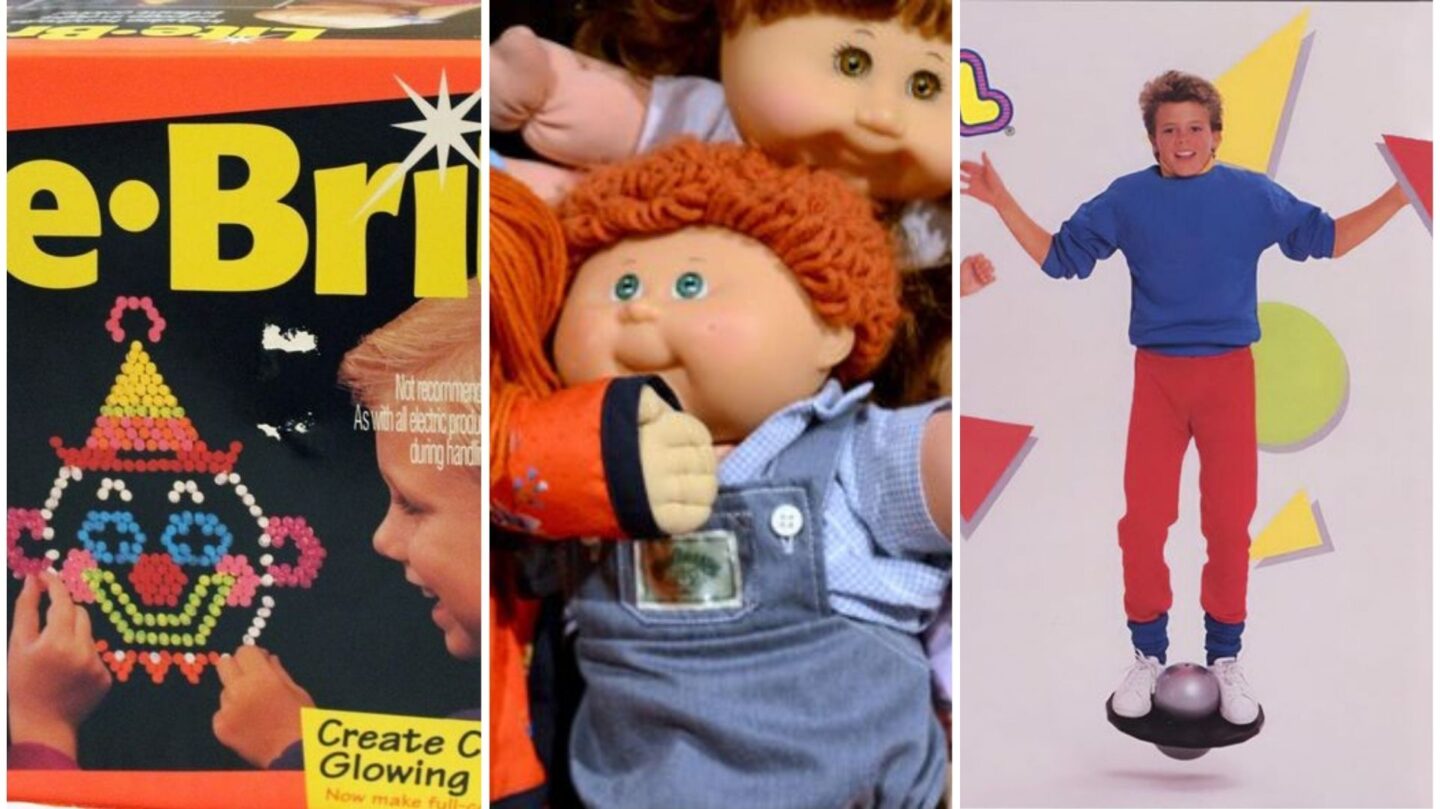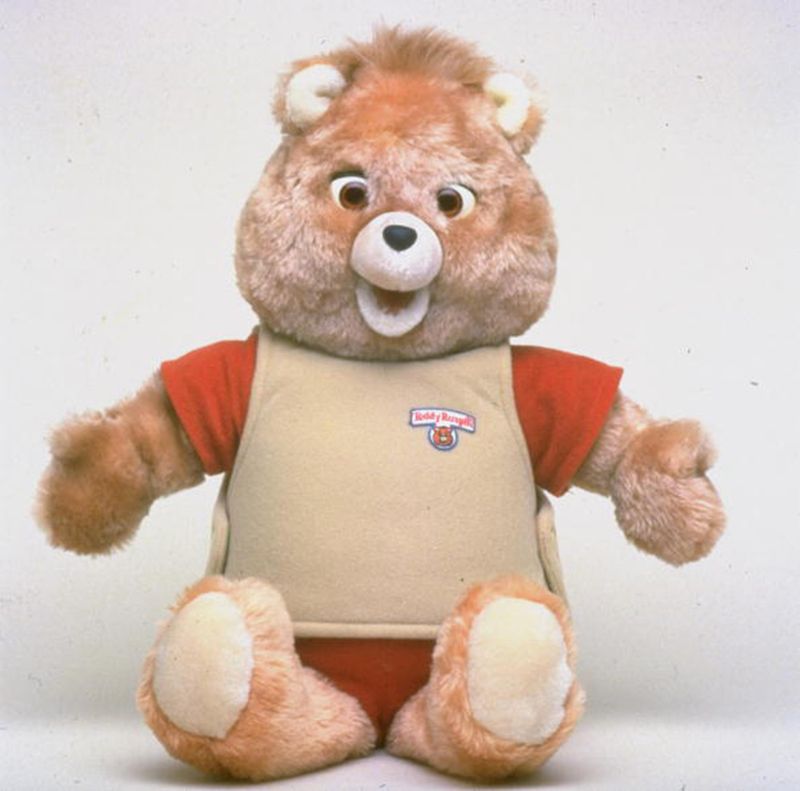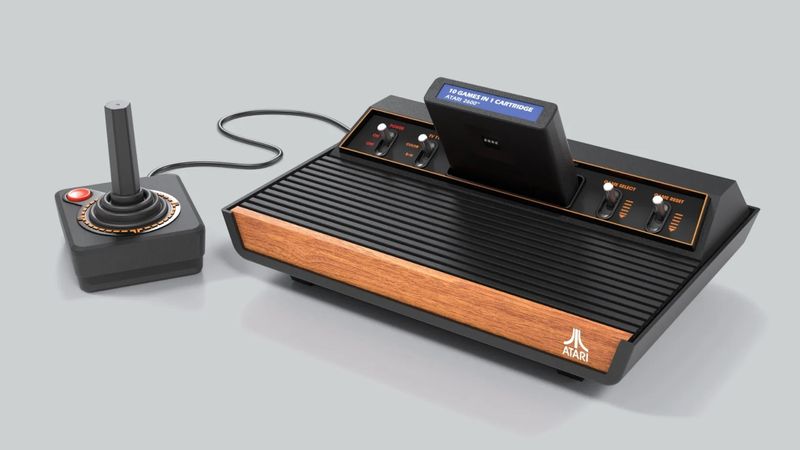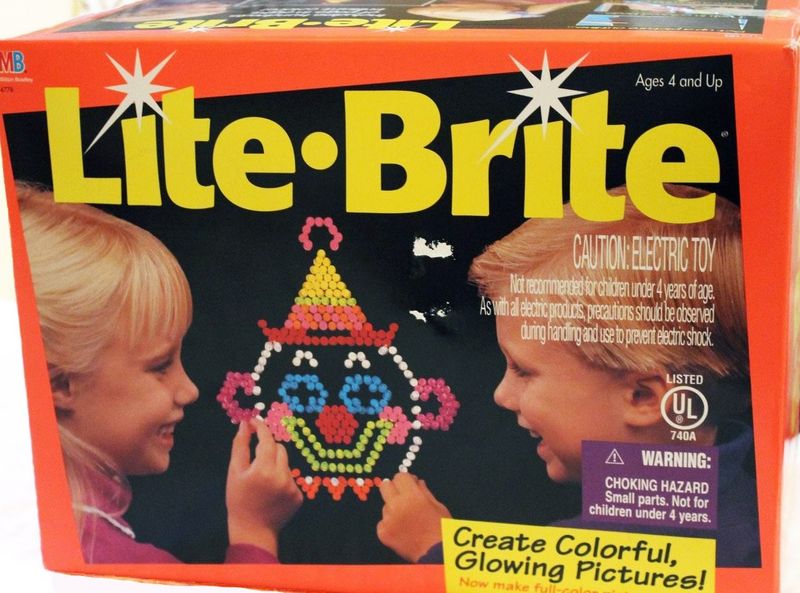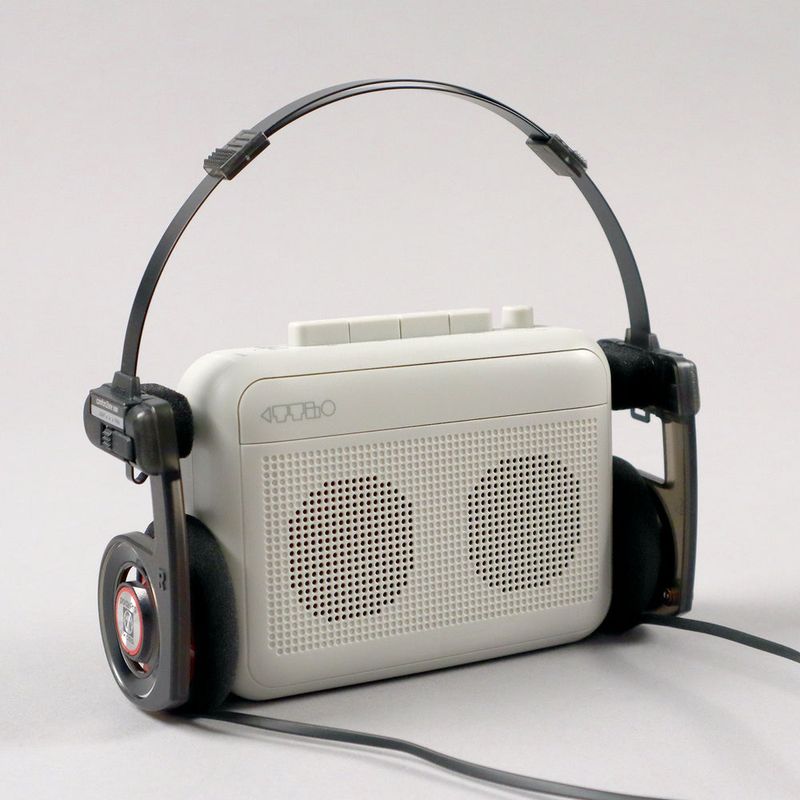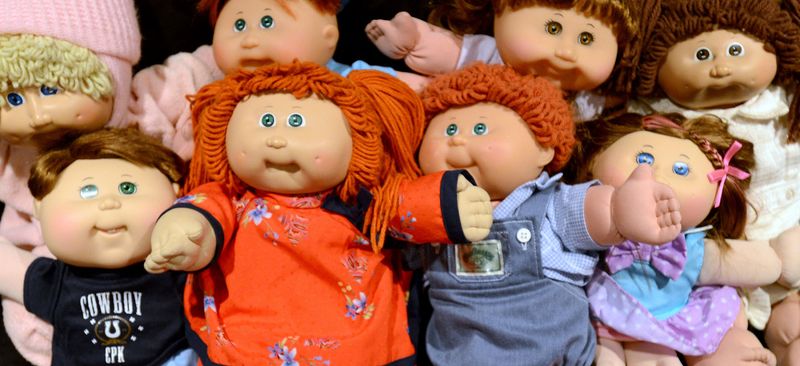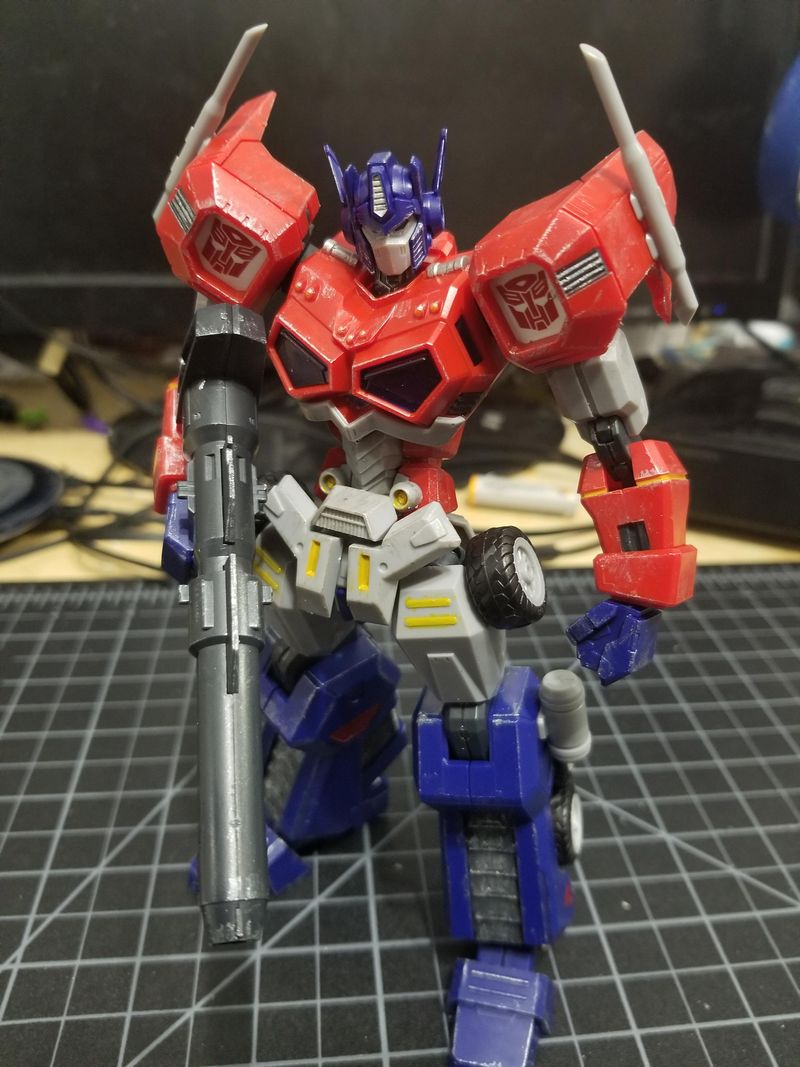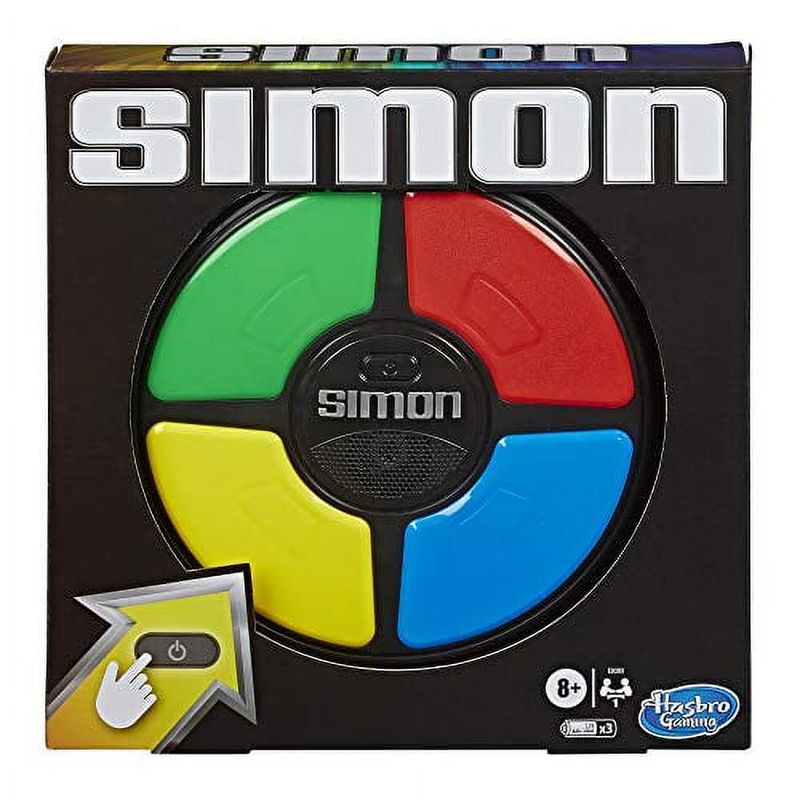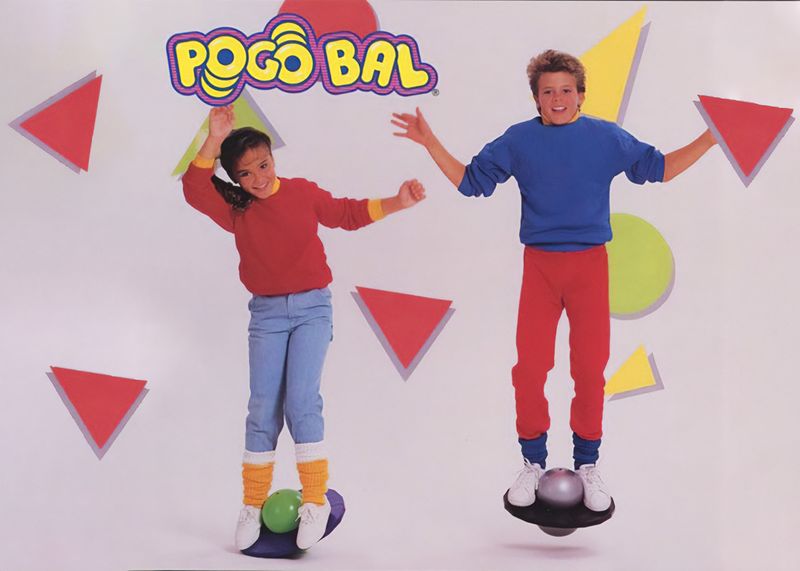The landscape of children’s playthings has undergone a phenomenal transformation over the decades. From the simple yet imaginative toys of the 80s to today’s tech-savvy gadgets, the evolution is remarkable. This blog post explores the nostalgic charm of 80s toys compared to the innovative gadgets that captivate today’s kids.
Rubik’s Cube vs. STEM Robots
In the 80s, children marveled at the Rubik’s Cube, a colorful puzzle that challenged their minds. This iconic toy encouraged problem-solving and spatial awareness, captivating kids who twisted and turned its bright squares. Fast forward to today, and STEM robots have taken center stage. With programmable features, these robots teach coding and engineering concepts. Kids not only have fun but also gain valuable skills for the future.
The Rubik’s Cube promoted patience and logic, while STEM robots inspire creativity and technical prowess. Both toys, though generations apart, ignite curiosity and a love for learning.
Teddy Ruxpin vs. Smart Speakers
In the 80s, Teddy Ruxpin was the storytelling bear that captured children’s hearts. With cassette tapes, Teddy would narrate tales, creating magical storytime moments. Kids would sit enthralled, lost in adventures and fantasies.
Today, smart speakers have revolutionized storytelling with interactive voice technology. These gadgets not only play music but also tell stories, control smart home devices, and answer questions. The experience has become more personalized and engaging.
While Teddy Ruxpin provided companionship and imagination, smart speakers offer convenience and interactivity, creating a modern storytelling experience for young audiences.
Atari 2600 vs. VR Headsets
The Atari 2600, a revolutionary 80s gaming console, introduced kids to the world of video games. With simple graphics and engaging gameplay, it was a staple in many households. Children spent hours mastering games like Space Invaders and Pac-Man.
Today’s VR headsets transport kids to virtual realms, offering immersive experiences beyond imagination. With 360-degree views and interactive gameplay, children can explore new worlds and adventures.
The Atari 2600 laid the foundation for gaming, while VR headsets represent the pinnacle of interactive entertainment, providing endless possibilities for exploration and fun.
Lite-Brite vs. Coding Apps
Lite-Brite, a beloved 80s toy, allowed kids to create glowing artwork with colored pegs. It sparked creativity and provided endless hours of artistic expression. Children proudly displayed their masterpieces, illuminated by the soft glow of Lite-Brite.
Today, coding apps empower young minds to build digital creations. These apps teach programming skills in a fun and engaging way, enabling kids to create games, animations, and more.
While Lite-Brite inspired traditional creativity, coding apps inspire a new form of digital artistry, blending imagination with technology in today’s tech-driven world.
Walkman vs. Wireless Earbuds
The Walkman was a revolutionary 80s gadget that allowed kids to take their music on the go. With cassette tapes, they could listen to their favorite tunes anytime, anywhere. It became a symbol of personal freedom and musical exploration.
Today, wireless earbuds offer a seamless and compact music experience. Paired with smartphones, kids enjoy vast music libraries at their fingertips, with superior sound quality and convenience.
The Walkman introduced portable music, while wireless earbuds represent the evolution of personal audio, providing a personalized and high-tech listening experience for modern youth.
Cabbage Patch Kids vs. Interactive Dolls
Cabbage Patch Kids were the must-have dolls of the 80s, each uniquely designed with adoption papers. They became beloved companions for children, who cherished their soft bodies and endearing faces.
Today, interactive dolls take companionship to the next level. Equipped with sensors and voice recognition, these dolls can talk, respond, and even sing, creating a more engaging play experience.
While Cabbage Patch Kids offered simple joy and nurturing play, interactive dolls add a layer of technology, providing dynamic interaction and entertainment for today’s tech-savvy children.
Nerf Guns vs. Laser Tag Sets
Nerf guns, with their soft foam darts, were a hit in the 80s, offering safe and thrilling play for kids. They encouraged physical activity and imaginative battles among friends.
Today’s laser tag sets elevate the fun with infrared technology. Kids can engage in action-packed games with laser gear, providing an exciting and safe combat experience indoors or out.
While Nerf guns sparked creativity and active play, laser tag sets offer a modern twist with technology, enhancing the thrill of friendly competition in a safe and interactive environment.
Transformers vs. Robotics Kits
Transformers, the shape-shifting robot toys of the 80s, fascinated children with their ability to morph from vehicles to robots. They sparked imaginations and storytelling, becoming a cultural phenomenon.
Today, robotics kits allow kids to build and program their own robots. These kits teach essential STEM skills, encouraging innovation and problem-solving through hands-on construction and coding.
While Transformers ignited fantasy and creativity, robotics kits offer an educational twist, blending fun with learning. They inspire the next generation of engineers and inventors, fostering a passion for technology and exploration.
My Little Pony vs. Virtual Pets
My Little Pony, with its vibrant colors and whimsical design, captured the hearts of 80s kids. These plastic ponies became beloved toys, inspiring imaginative play and storytelling.
Today, virtual pets on tablets and smartphones offer a digital twist to pet care. Kids can feed, nurture, and play with these virtual companions, experiencing the joy of pet ownership.
While My Little Pony fueled creativity and adventure, virtual pets offer interactive engagement, teaching responsibility and care. Both toys, though different in form, provide companionship and fun, each in their unique way.
Simon vs. Educational Tablets
The Simon game of the 80s challenged memory with its flashing lights and sounds. Kids would spend hours trying to remember and repeat the sequences, honing their concentration and memory skills.
Today, educational tablets provide a wealth of learning opportunities. With interactive apps, kids can explore subjects from math to languages, making education fun and accessible.
While Simon focused on memory and attention, educational tablets offer a broad spectrum of knowledge, fostering a love for learning through technology and interactive engagement in a child’s education journey.
Pogo Ball vs. Hoverboards
The Pogo Ball, an 80s sensation, was all about balance and agility, providing energetic fun in driveways and playgrounds. Kids challenged themselves with tricks and jumps, enjoying the thrill of bouncing around.
Today, hoverboards offer a futuristic ride with self-balancing technology. They provide smooth and exciting transportation, capturing the imagination of kids and teens alike.
While the Pogo Ball promoted physical activity and coordination, hoverboards blend technology with movement, offering an exhilarating way to explore the neighborhood with style and ease.
View-Master vs. Augmented Reality Glasses
The View-Master, a classic 80s toy, allowed kids to explore 3D worlds through its reels. With scenic images, it transported children to far-off places, fueling their curiosity and imagination.
Today, augmented reality glasses take exploration to new heights. They overlay digital information onto the real world, creating interactive and educational experiences for kids.
While the View-Master offered a glimpse into different worlds, AR glasses provide immersive exploration, combining learning with adventure. Both toys inspire discovery and wonder, each through their unique lenses.
